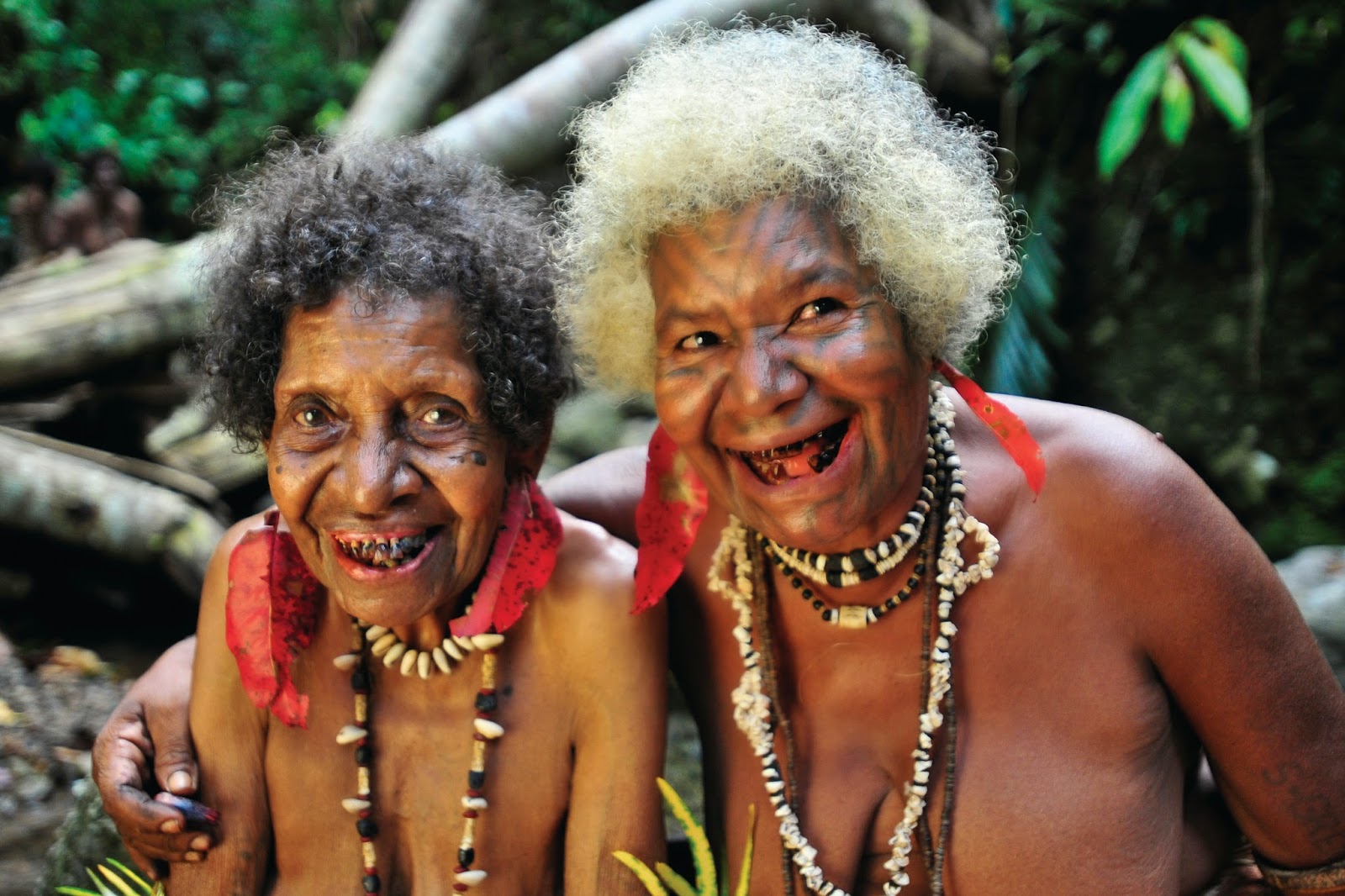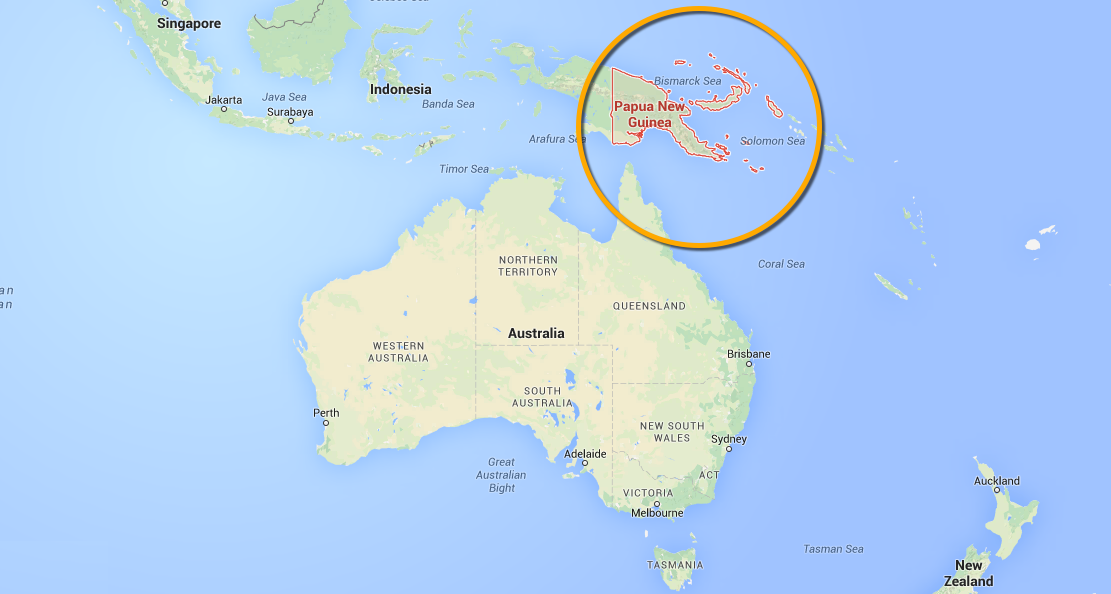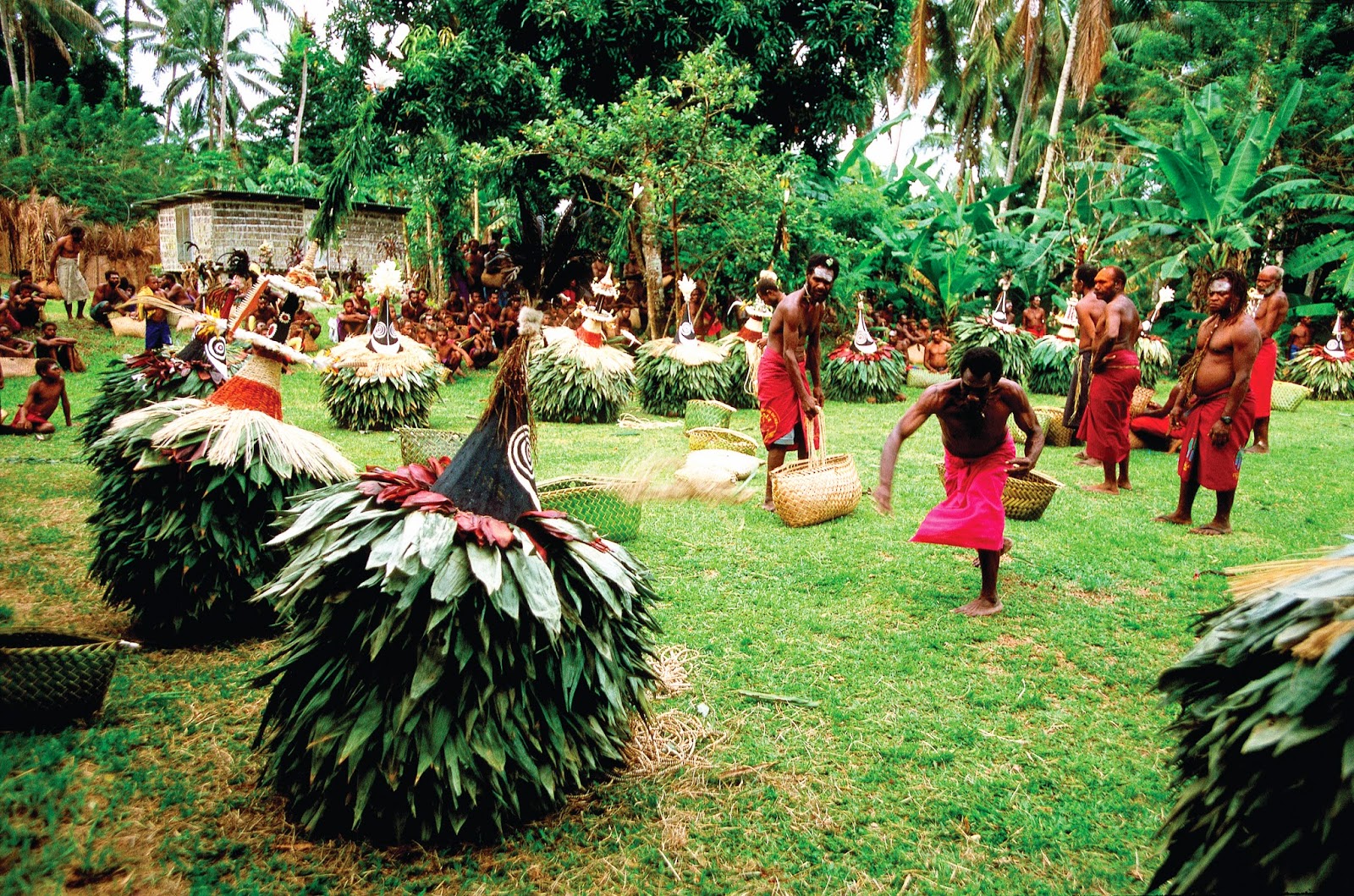10 Things You’ve Always Wanted To Know About Papua New Guinea
Papua New Guinea is one of the most unexplored countries in the world. But with increasing access, more travellers are starting to visit, and learn about its diverse culture and traditions.
My journey to Papua New Guinea begins in six weeks (excited much?!), and – as with every new country I visit – there are certain questions I want to know the answer to before my feet hit the ground for the first time on Papua New Guinea soil.
I’ve pulled together a list of the most commonly asked questions about Papua New Guinea, and the answers you’ve always wanted to find out.
WHERE IS PAPUA NEW GUINEA?
Papua New Guinea is located around 150km North of the North East coast of Australia. It also shares a border with Indonesia.
HOW DO YOU GET TO PAPUA NEW GUINEA?
Most people access Papua New Guinea by air. In fact the main way of getting around the country is by air. International flights land into Port Moresby, the capital on the South Coast of the Central region. For UK travellers, the most direct route is via. Singapore, although you can also fly via. Hong Kong, the Philippines, Bali, Cairns, Sydney and Tokyo.
WHAT IS THE WEATHER LIKE?
Papua New Guinea is located in the tropics, and as such boasts a warm, humid climate most of the year round. Temperatures range from 25 degrees Celsius to 32 degrees Celsius, although villages in the Highlands region sit at 7,000 feet above sea level, so night frosts can occur, and temperatures are much cooler.
WHEN IS THE BEST TIME TO VISIT?
Each region of Papua New Guinea has a rainy season, which varies from province to province. Generally speaking the driest months are between May to October, so either late May or mid to late October would be the best time to visit.
WHAT IS THE CURRENCY OF PAPUA NEW GUINEA?
Papua New Guinea’s unit of currency is the Kina (K). £1 is the equivalent of approximately 4 Papua New Guinean Kina. US and Australian Dollars generally aren’t used in the country.
WHAT LANGUAGE DO THEY SPEAK IN PAPUA NEW GUINEA?
Papua New Guinea is incredibly diverse. Much like China, dialects and accents vary from village to village. According to PNG Tourism, there are over 800 distinct languages in the country, with Pidgin and Police Motu being the two most widely used languages. English is used in education, business and politics.
WHAT CAN YOU DO THERE?
Papua New Guinea is renowned for having some of the best dive spots in the world. There are reefs. There are wrecks. There are tropical fish. It is a divers paradise.
 |
| Photo source: Remotelands.com |
But if you’re not a diver, what else is there? Well, there are some incredible treks between the villages, with some spectacular views to be had across mountains, valleys, rivers and fjords. You can also go cycling, fishing, surfing, kayaking, or simply immerse yourself in village cultures and stories, whilst watching tropical birds flying overhead.
Papua New Guinea also has a rich World War II history. Only a few months of the famous bombings of Pearl Harbour, the Japanese moved their headquarters to Buna, on the North shore of Papua New Guinea. Around the same time, the Allies set up camp in Port Moresby, and the two towns are connected by the Kokoda Track. Both sides fought fierce battles on the ground and in the air, and the remains of the war can be seen scattered across the main body of the country.
WHAT IS THE POPULATION?
It is thought that Papua New Guinea has a total population of around 7 million people. The large majority of people are descendants of Melanesia – the region in the South Pacific that includes island countries such as Fiji, New Caledonia and Vanuatu, the Soloman Islands and Papua New Guinea itself. Around one third of the population live in the Highlands region of the country. In fact a small percentage of the population live in urban centres, such as Port Moresby, the capital.
HOW DO YOU GET AROUND PAPUA NEW GUINEA?
Papua New Guinea’s infrastructure is fairly basic. The main mode of long distance transport is by aeroplane. Air Niugini and Airlines PNG are the two main carriers that operate flights around the country.
‘What about roads?‘, I hear you cry. Aside from one or two main roads (that are full of potholes), the country doesn’t have a established road network, mainly due to the substantial mountain ranges on the mainland. Kayaking and outrigging from location to location are common, especially in more remote, rural areas.
DO THEY STILL EAT PEOPLE IN PAPUA NEW GUINEA?
A common question that many people ask is related to cannibalism. Thanks to slightly lobsided media coverage, Papua New Guinea has a very archaic, almost caveman-like perception.
Much of this perception stems from what may seem a rather gruesome, but equally intriguing tribal practices. In Fore culture, it is believed that: “If the body was buried it was eaten by worms; if it was placed on a platform it was eaten by maggots; the Fore believed it was much better that the body was eaten by people who loved the deceased than by worms and insects. By eating their dead, they were able to show their love and express their grief”. They also believed that they would absorb the power and strength of the person if they ate them, so tribal chiefs were very popular. Another reason for this was due to the lack of protein available in many years gone by.
Does this tribal ritual still happen today? It was made illegal in the 1950’s and the tribes stopped doing it once they learned the dangers of passing on diseases such as CJD (the laughing disease), or as we know it, Mad Cow disease.
That’s not to say many other tribal rituals don’t exist. For those that have travelled to Bolivia, you’ll know that llamas are still sacrificed for Pachamama. Every country has it’s own culture and ancient rituals. Papua New Guinea is no different.
OTHER QUESTIONS?
If you want to ask me any more questions about Papua New Guinea, please feel free to post them in the comments box below, and I’ll try my best to answer them when I’m on the ground in PNG in May.
For more blog posts, pictures, videos and more, head over to my main Papua New Guinea blog hub page 🙂
All the great photos above were taken by David Kirkland








I can't wait to hear about your trip so I can only imagine how excited you must be! Sounds incredible!
PS. I hope you don't eaten 🙂
I hope not either! Thanks Ayla! 🙂
I'm Papua New Guinean and I enjoyed reading your Q&A article.
I haven't yet travelled extensively through PNG so I'll be keen to read of your experiences.
Have fun in PNG, you'll love it! 🙂
Thanks Marie! Looking forward to it 🙂
What language do they put on packaging for food and such in Papua New Guinea? Is there just English or other languages too?
WOW just what I was searching for. Came here by searching for betberry
Interesting read. Yes, the roads are horrific and mostly absent. To my shame I must admit I hadn’t been aware that the Japanese had their military base there. I had heard of the Kokoda Track, but not the base.